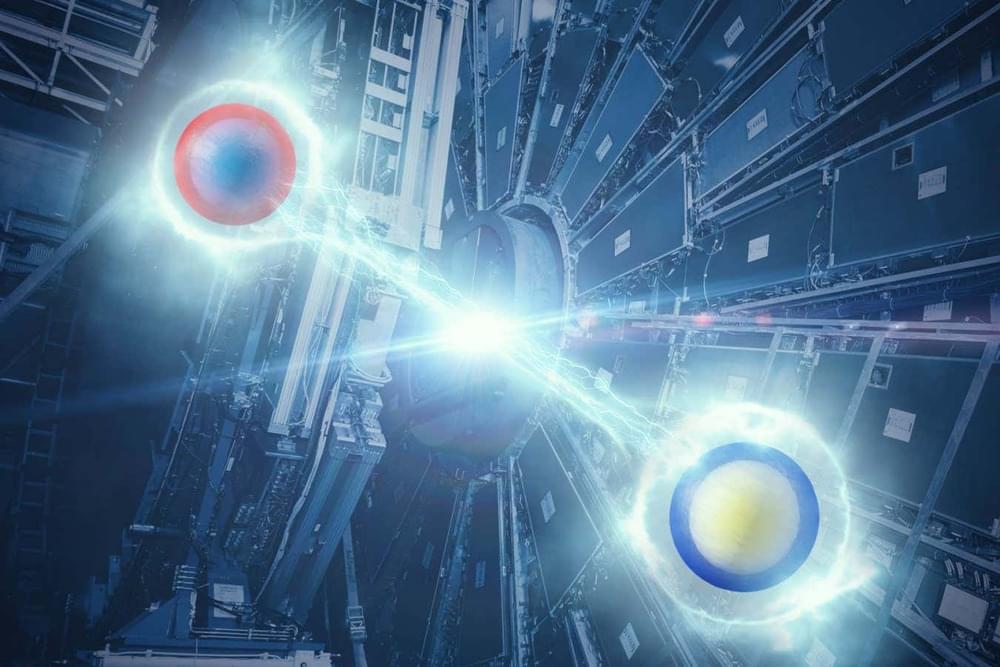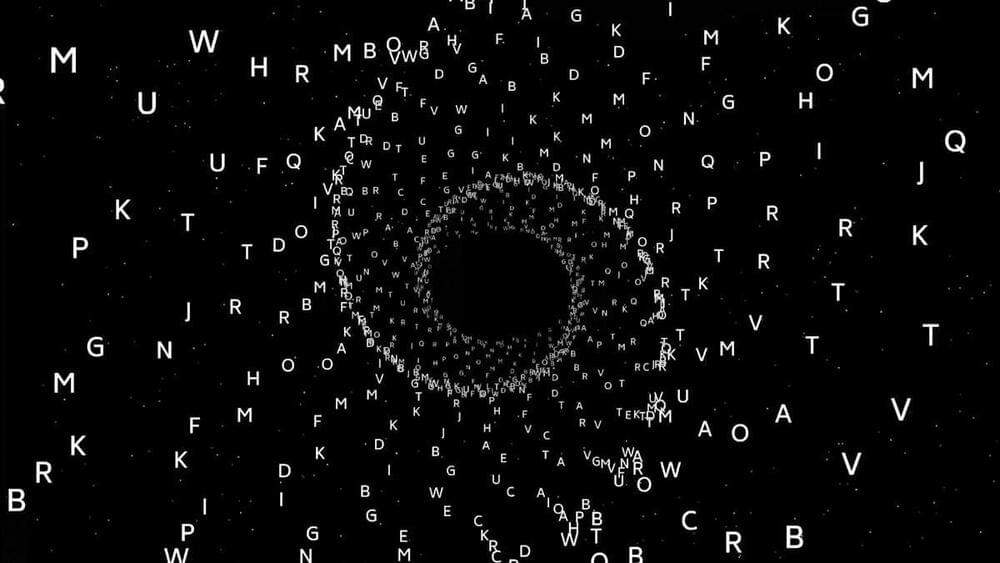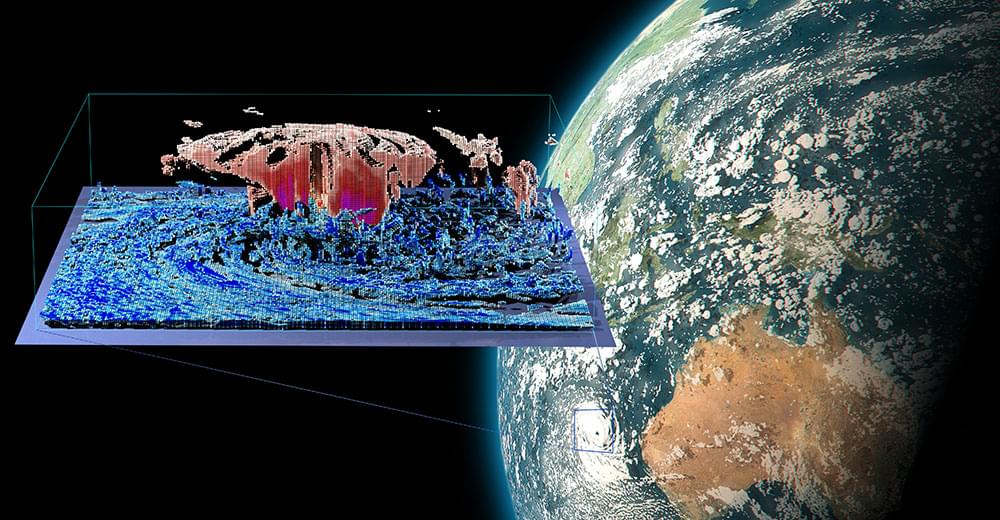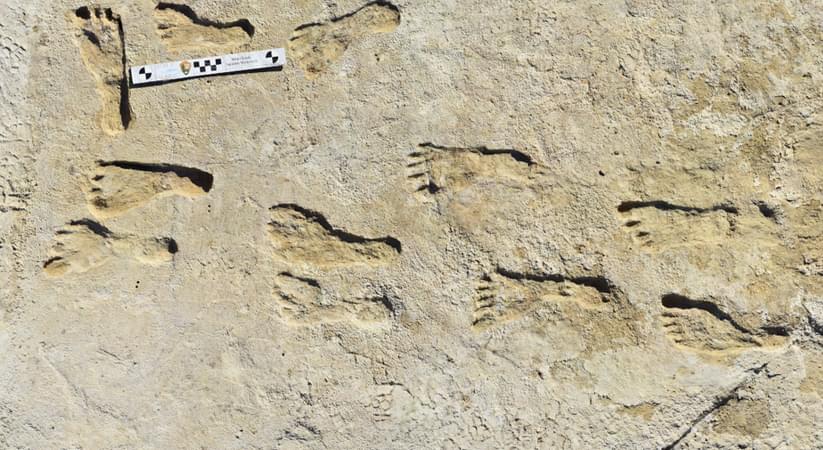Physicists have used the famous particle smasher to investigate the strange phenomena of quantum entanglement at far higher energies than ever before.
By Alex Wilkins

Physicists have used the famous particle smasher to investigate the strange phenomena of quantum entanglement at far higher energies than ever before.
By Alex Wilkins
Join us on Patreon! https://www.patreon.com/MichaelLustgartenPhD
Discount Links:
At-Home Metabolomics: https://www.iollo.com?ref=michael-lustgarten.
Use Code: CONQUERAGING At Checkout.
Epigenetic Testing: https://trudiagnostic.com/?irclickid=U-s3Ii2r7xyIU-LSYLyQdQ6…M0&irgwc=1
Use Code: CONQUERAGING
NAD+ Quantification: https://www.jinfiniti.com/intracellular-nad-test/
Use Code: ConquerAging At Checkout.
At-Home Blood Testing (SiPhox Health): https://getquantify.io/mlustgarten.
Oral Microbiome: https://www.bristlehealth.com/?ref=michaellustgarten.



In 1980, Hamish Robertson was a tenured professor at Michigan State. He’d been there since his postdoc in 1971, and he was content. “I want to stress how valued and happy I felt there,” he says. “It was, and still is, an outstanding place.”
But he and his friend and colleague, Tom Bowles, had begun to hatch an idea that would take him far from MSU. They were devising a new experiment to measure the mass of the elusive and perplexingly light neutrino.
Neutrinos are the only fundamental particles whose mass we still don’t know. As their name implies, neutrinos are very, very small. But they outnumber the other fundamental particles by a factor of 10 billion.
An explanation of the Bundle Theory of Self, including the theories offered by Derek Parfit, and David Hume, and how these fit into the larger picture of personal identity, and the persistence problem. Special thanks to João Costa Neto for funding and supporting this video!
Sponsors: João Costa Neto, Dakota Jones, Joe Felix, Prince Otchere, Mike Samuel, Daniel Helland, Dennis Sexton, Yu Saburi, Mauricino Andrade, Will Roberts and √2. Thanks for your support!
Donate on Patreon: https://www.patreon.com/Carneades.
Buy stuff with Zazzle: http://www.zazzle.com/carneades.
Follow us on Twitter: @CarneadesCyrene https://twitter.com/CarneadesCyrene.
Information for this video gathered from The Stanford Encyclopedia of Philosophy, The Internet Encyclopedia of Philosophy, The Cambridge Dictionary of Philosophy, The Oxford Dictionary of Philosophy and more!

A first-of-its-kind football helmet will allow coaches at Gallaudet University, the school for deaf and hard of hearing students in Washington, D.C., to transmit plays to their quarterback via an augmented reality screen.
Players on Gallaudet’s football team, which competes in NCAA’s Division III, have long faced challenges against teams with hearing athletes, such as an inability to hear referees’ whistles that signal the end of a play.
The helmet, developed by AT&T and Gallaudet University, will debut at the school’s Saturday game. When a coach chooses a play on a tablet, it will then display on a small lens on the player’s helmet.

Lightweight materials with super strength and toughness are highly sought after. Spider silk, a sustainable material, meets these requirements but faces challenges in commercialization due to scientific understanding of its spinning mechanism, technical complexities in the process, and engineering hurdles in low-cost mass production. Here, drawing inspiration from nylon and Kevlar, we propose a theory on the nature of toughness and strength, unveiling the basic structure of silk fibers. Using these theories, we successfully produce the first “localized” full-length spider silk fiber via transgenic silkworms, showcasing high tensile strength (1,299 MPa) and exceptional toughness (319 MJ/m3). This breakthrough overcomes scientific, technical, and engineering obstacles, paving the way for spider silk’s commercialization as a sustainable substitute for synthetic fibers. Moreover, our theories provide essential guidance for developing super materials.
Developing sustainable materials with high strength and ultra-toughness is vital for ecological civilization. Using transgenic silkworms, we have successfully produced the first full-length spider silk, overcoming the scientific challenge of understanding the essence of toughness and strength. The resulting bionic spider silk exhibits high strength (1,299 MPa) and ultra-toughness (319 MJ/m3), offering a potentially sustainable substitute for synthetic commercial fibers. This breakthrough provides valuable insights for the development of super materials, including those for a space elevator, driving the advancement of civilization.


New research from a team including a Lawrence Livermore National Laboratory scientist reaffirms that human footprints found in White Sands National Park, New Mexico, date to the Last Glacial Maximum, placing humans in North America thousands of years earlier than once thought. Explore the role of radiocarbon dating of pollen in the discovery:
We support diverse research activities with talented staff, state-of-the-art facilities and core competencies. From internal collaboration to external partnerships, we work together to advance scientific discovery.